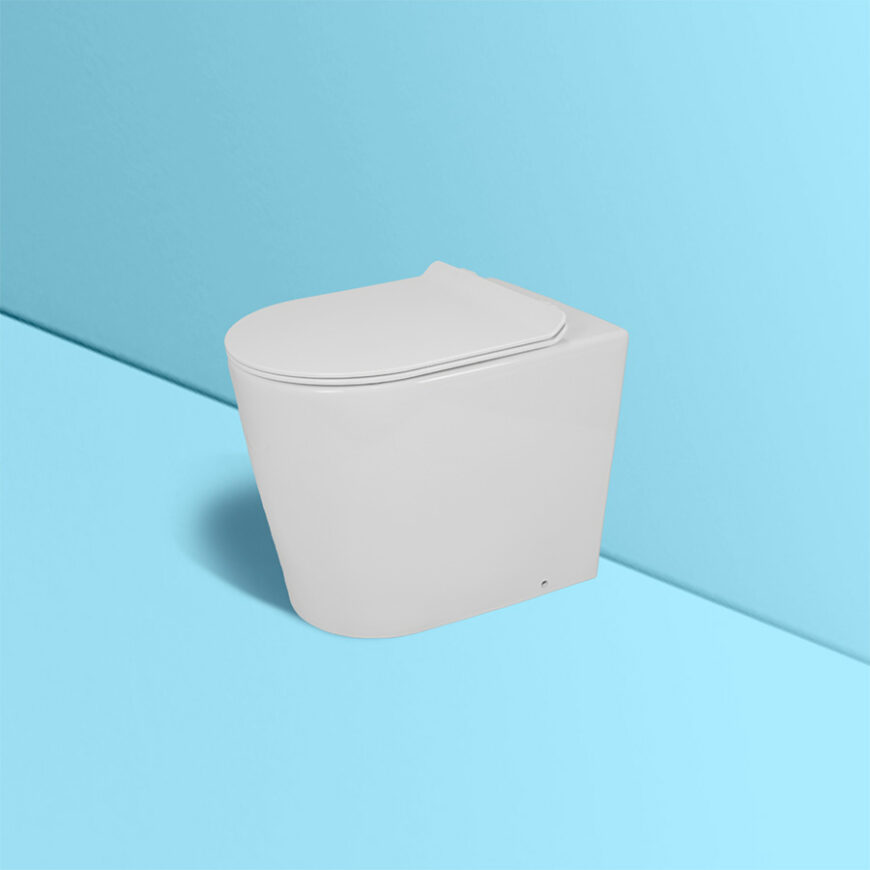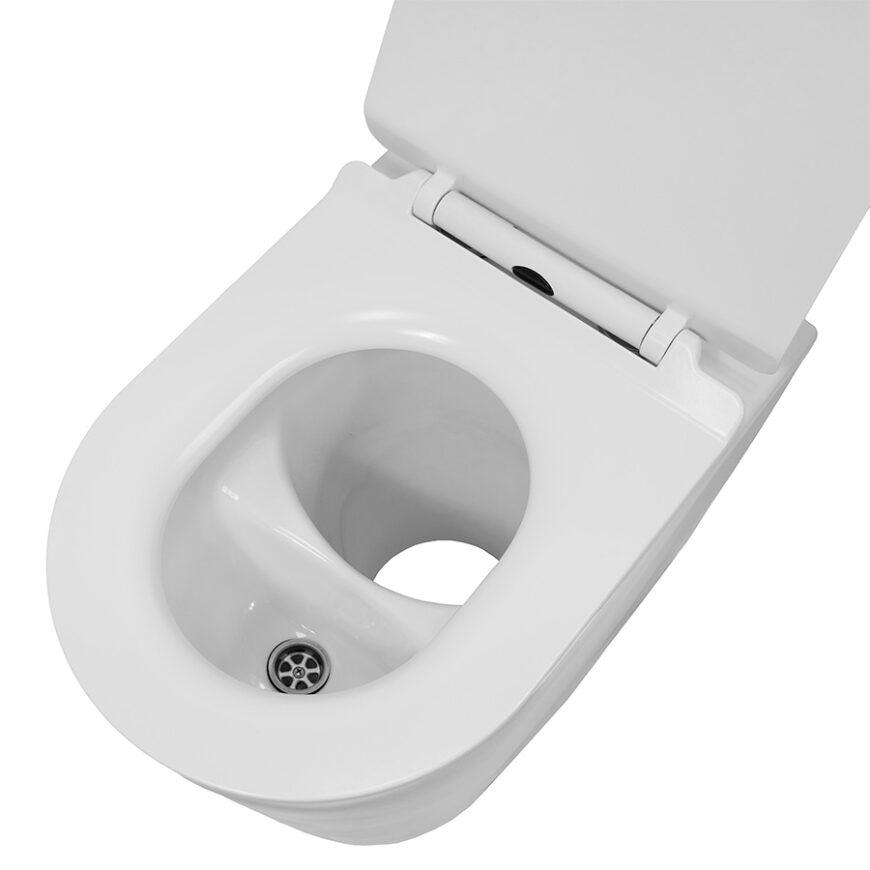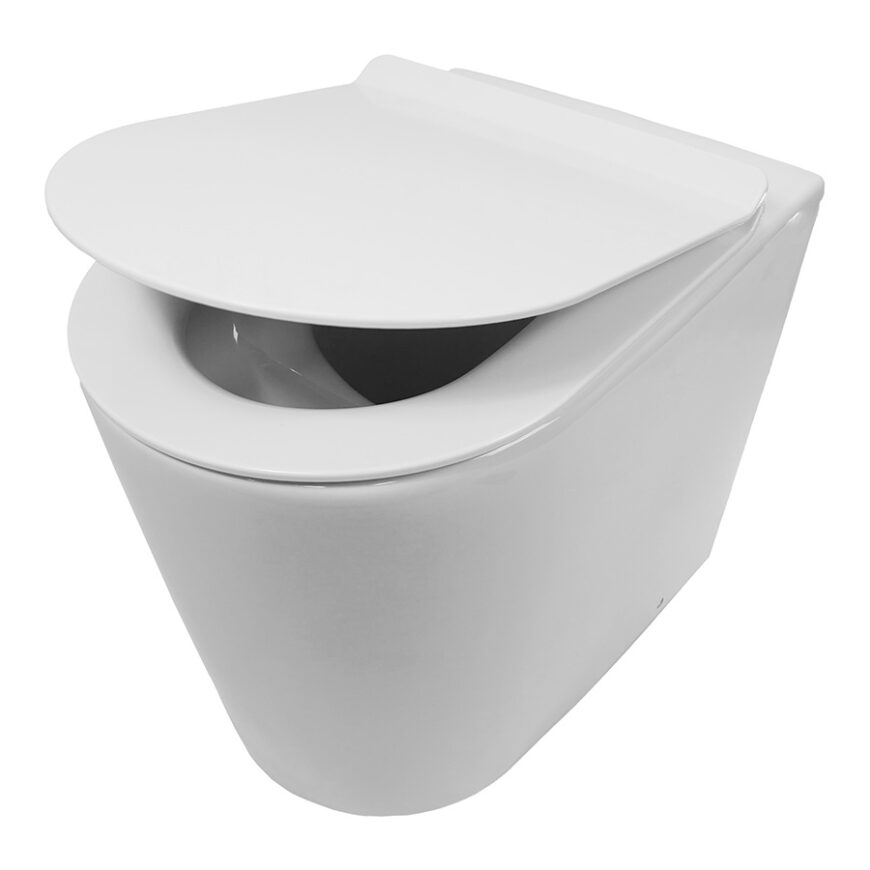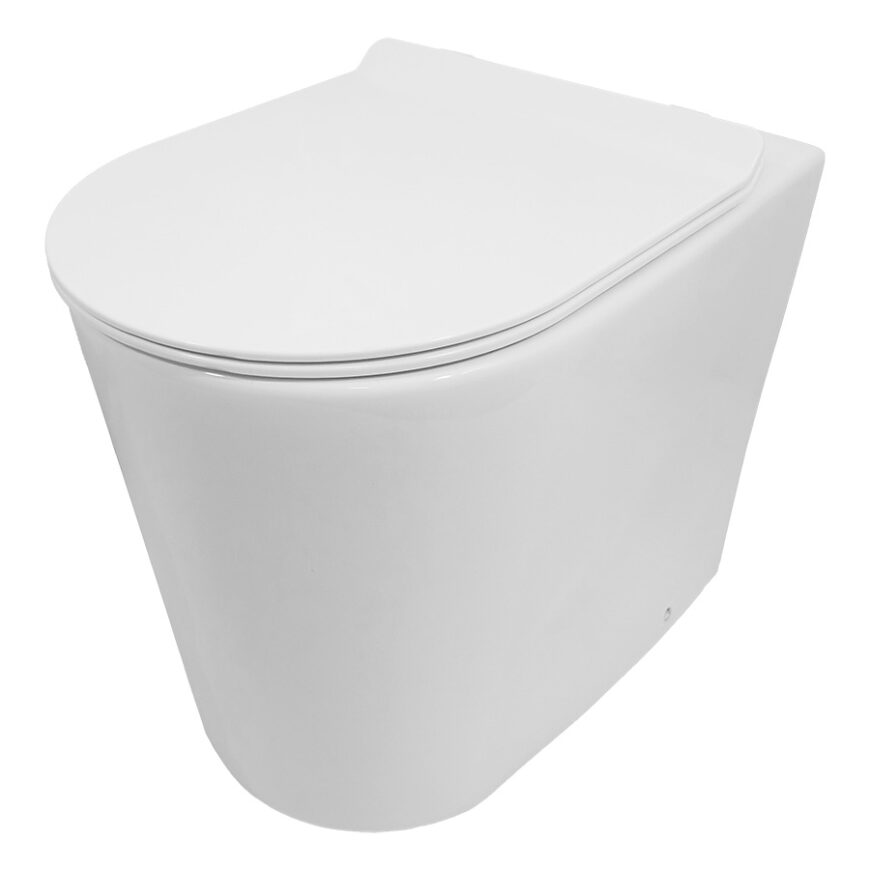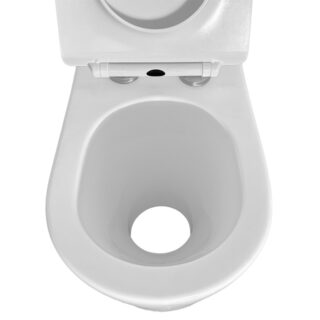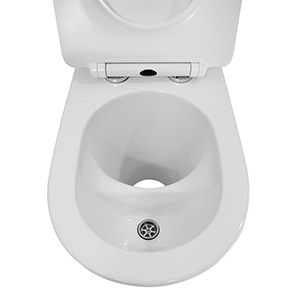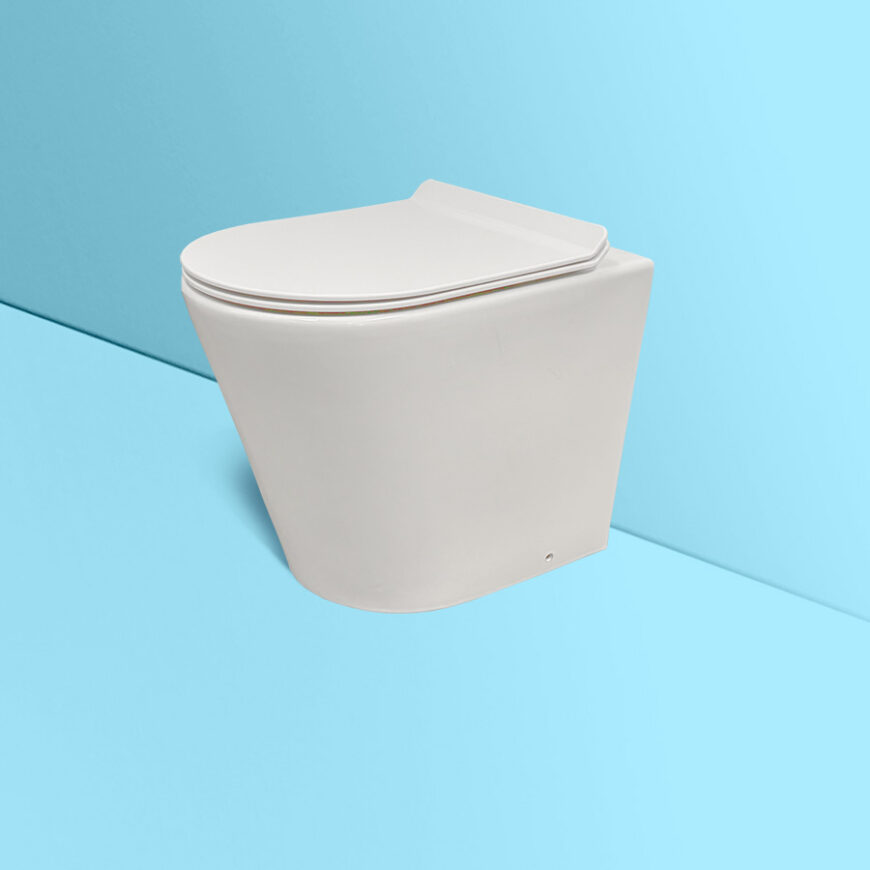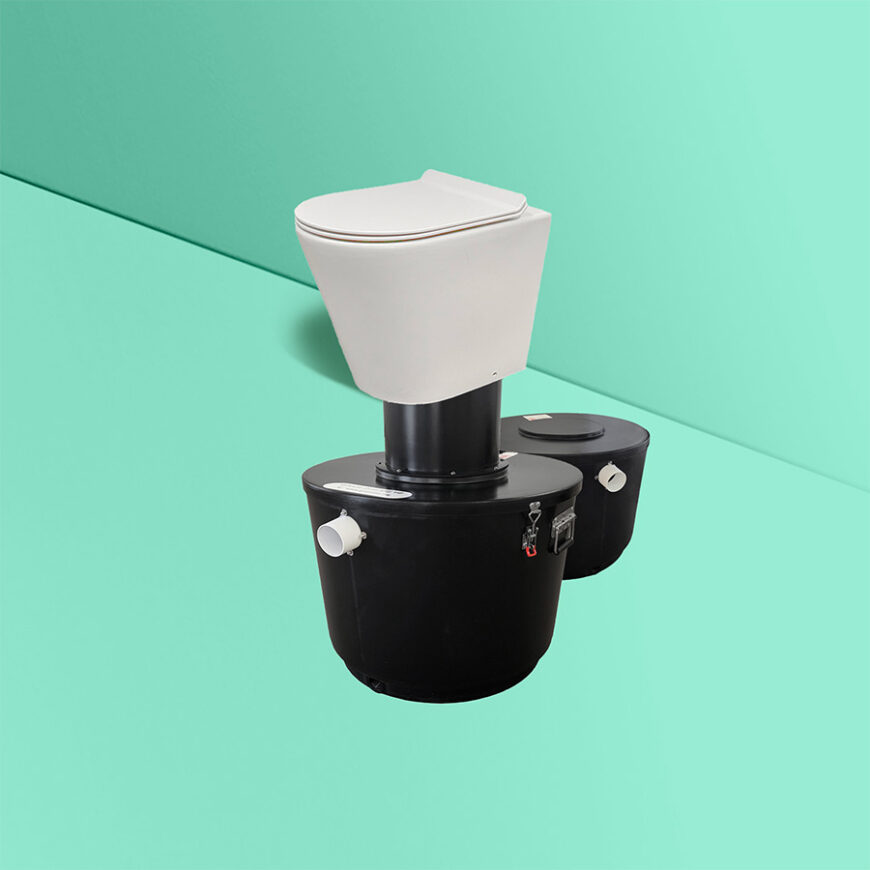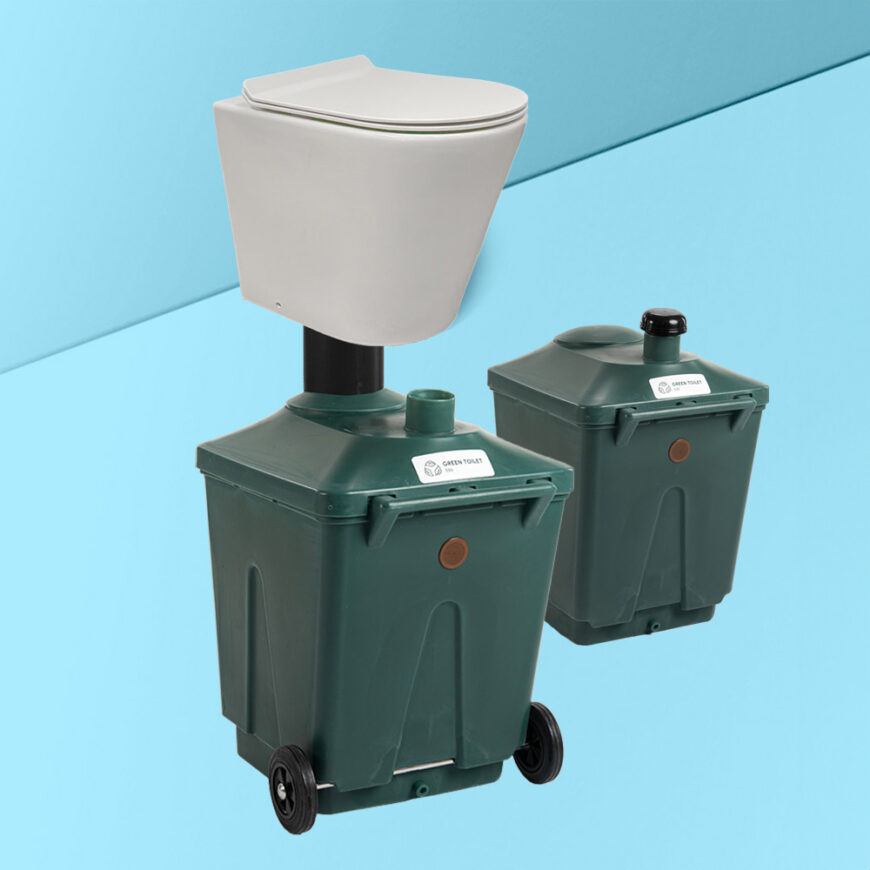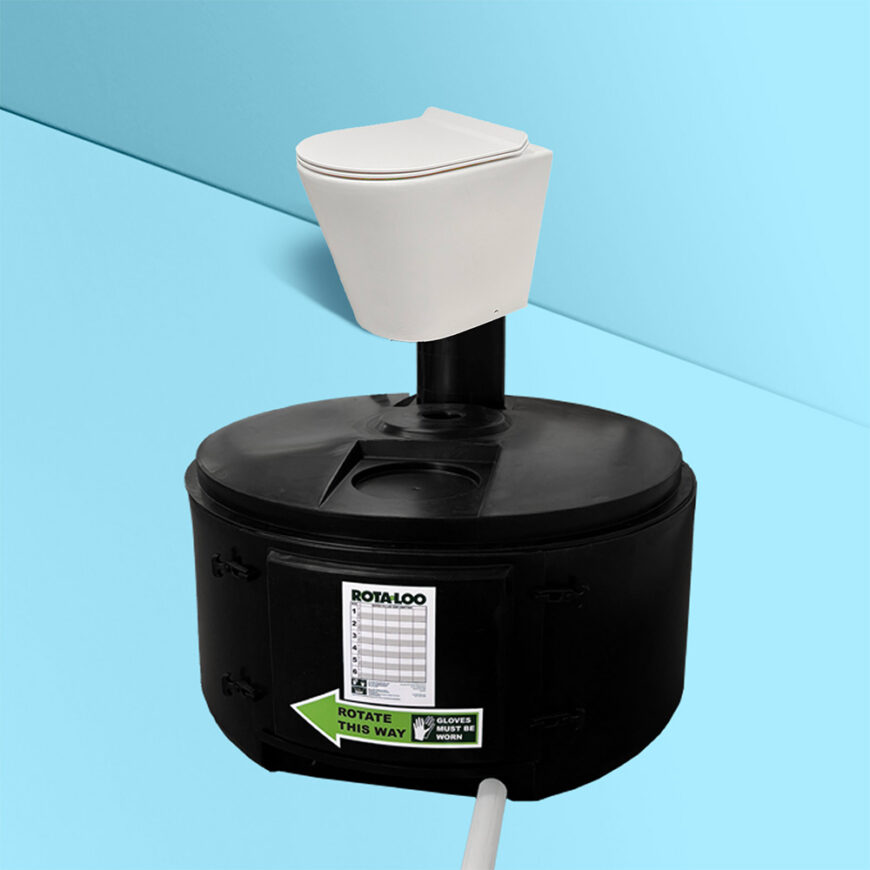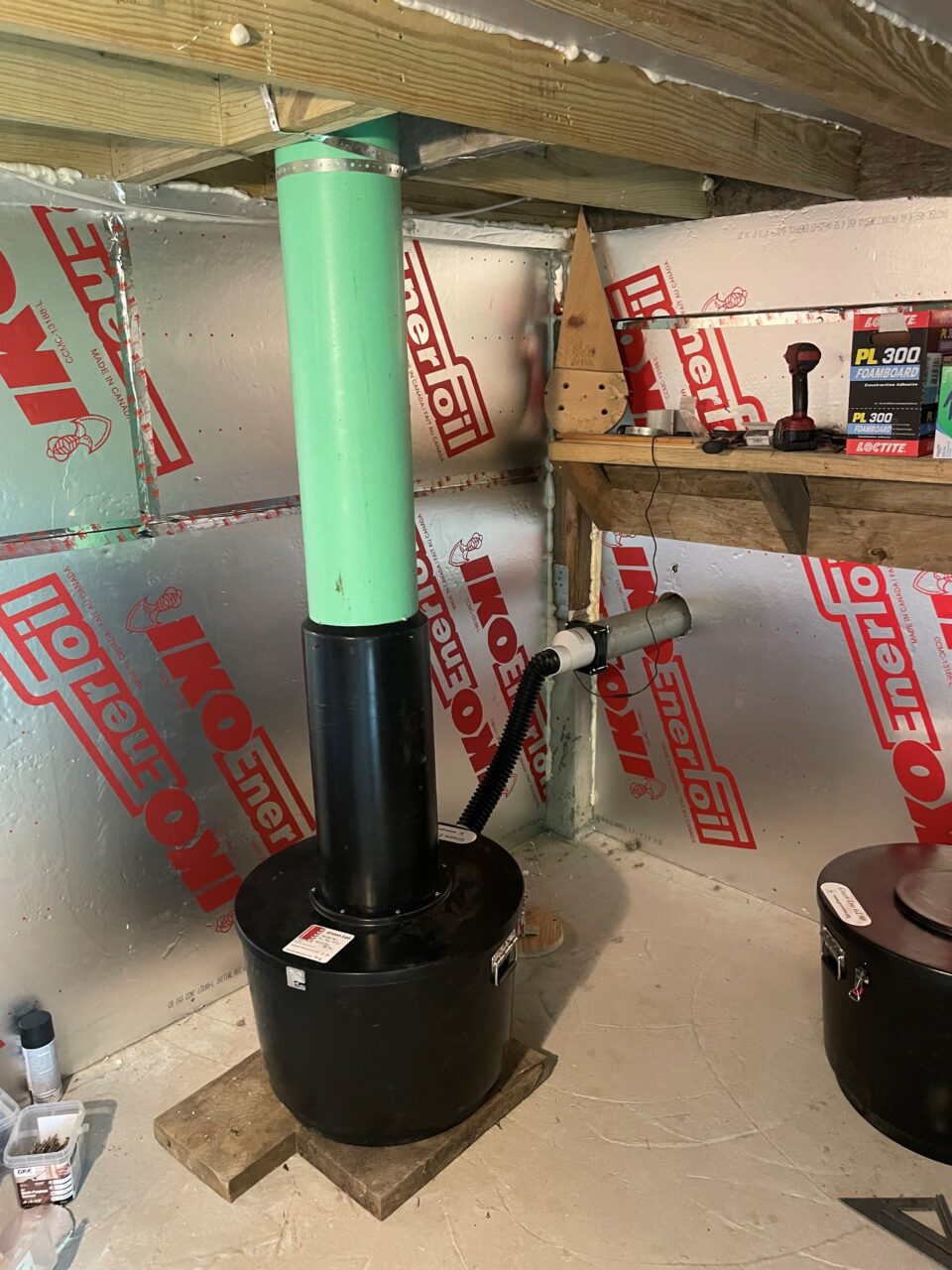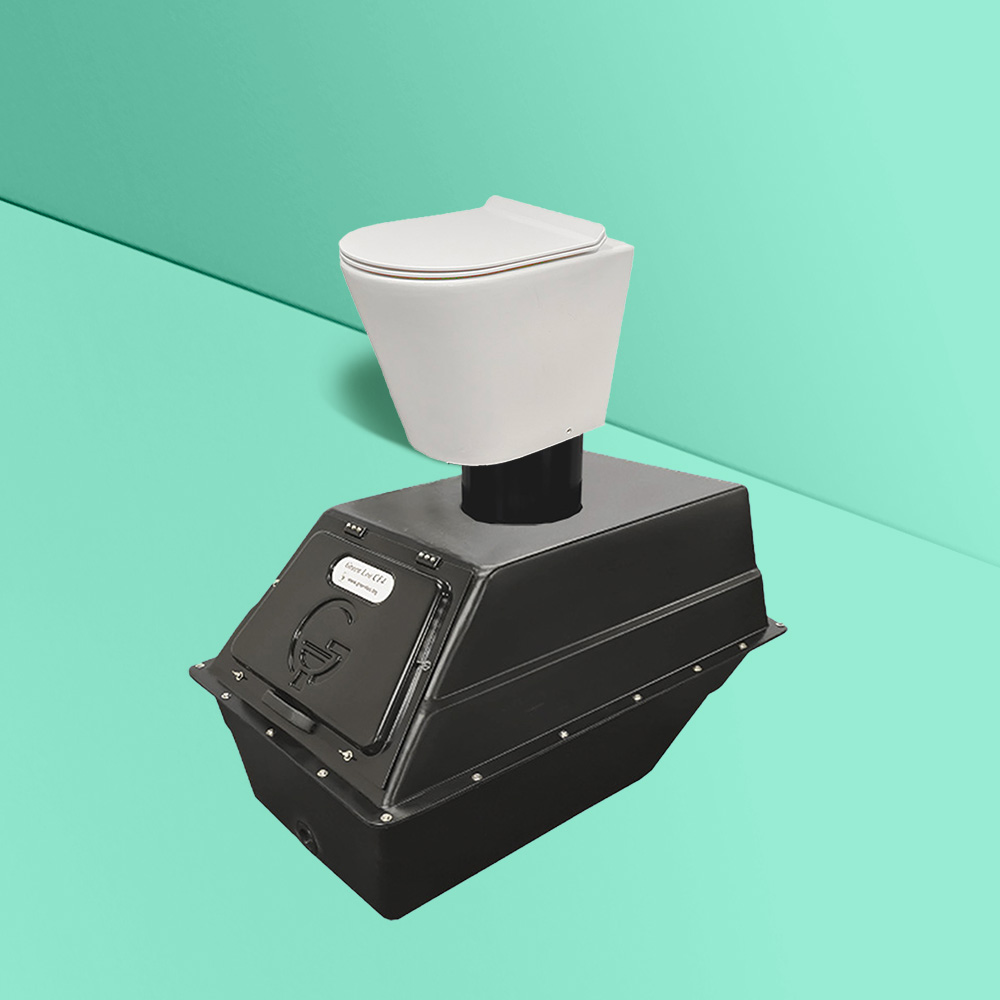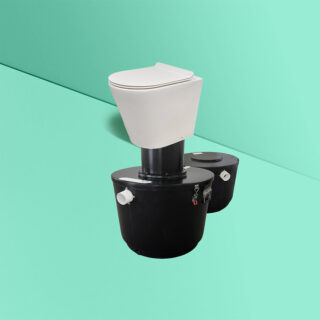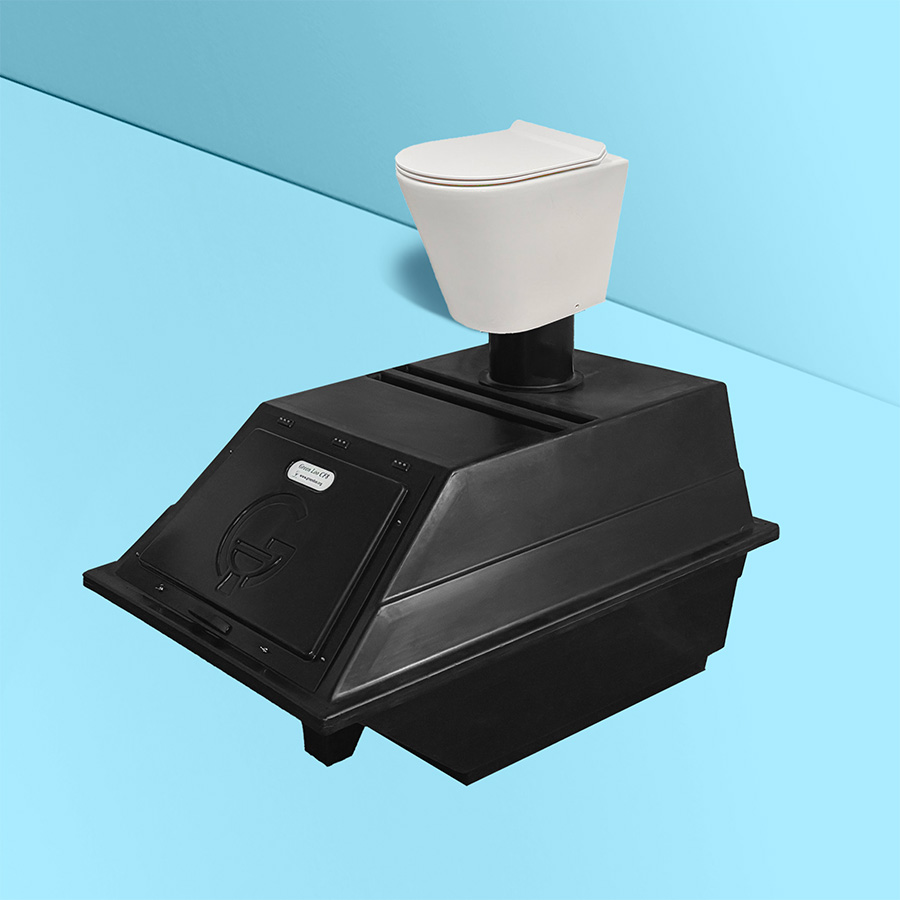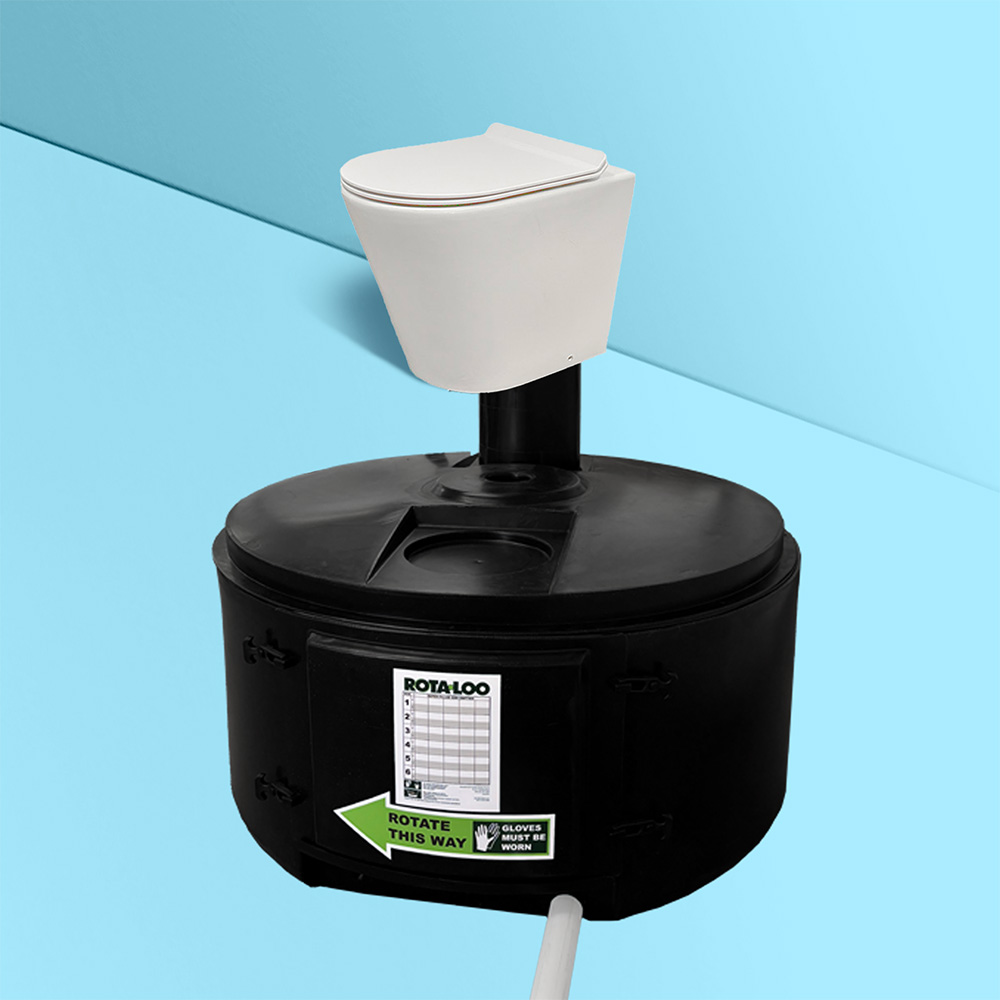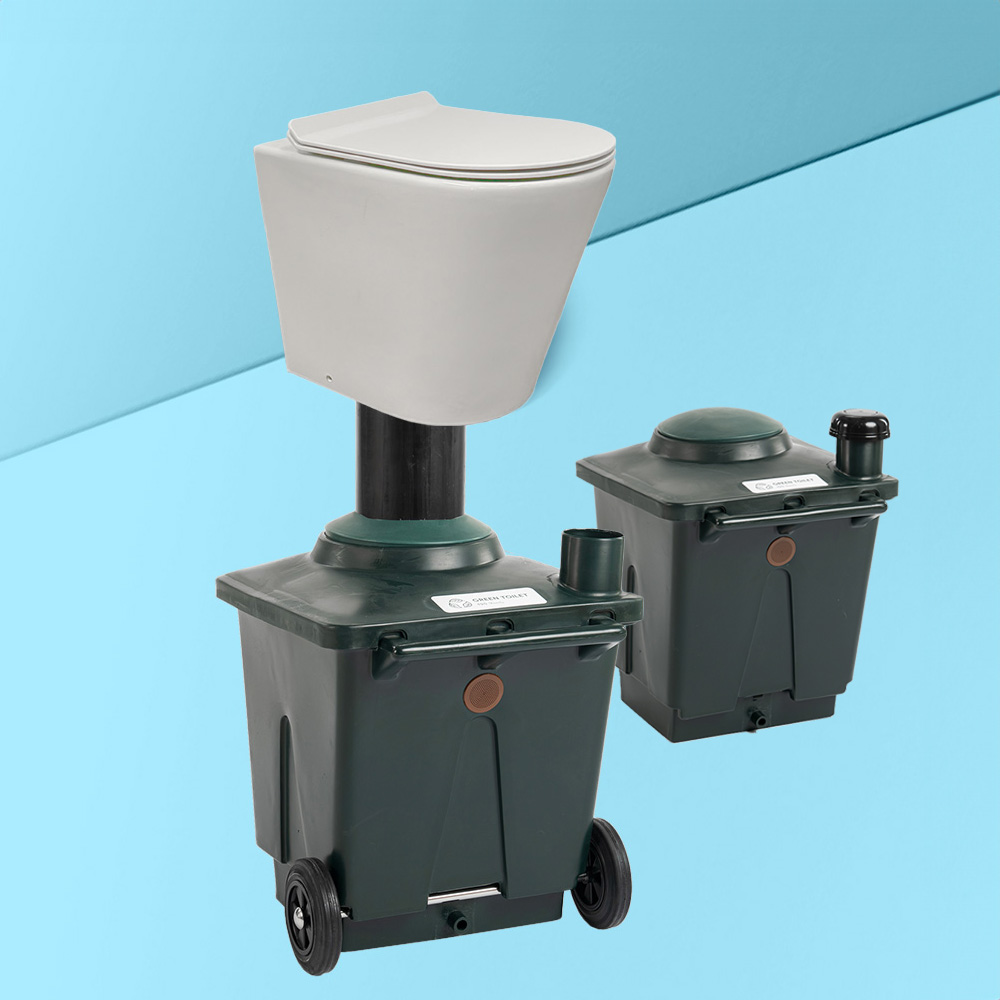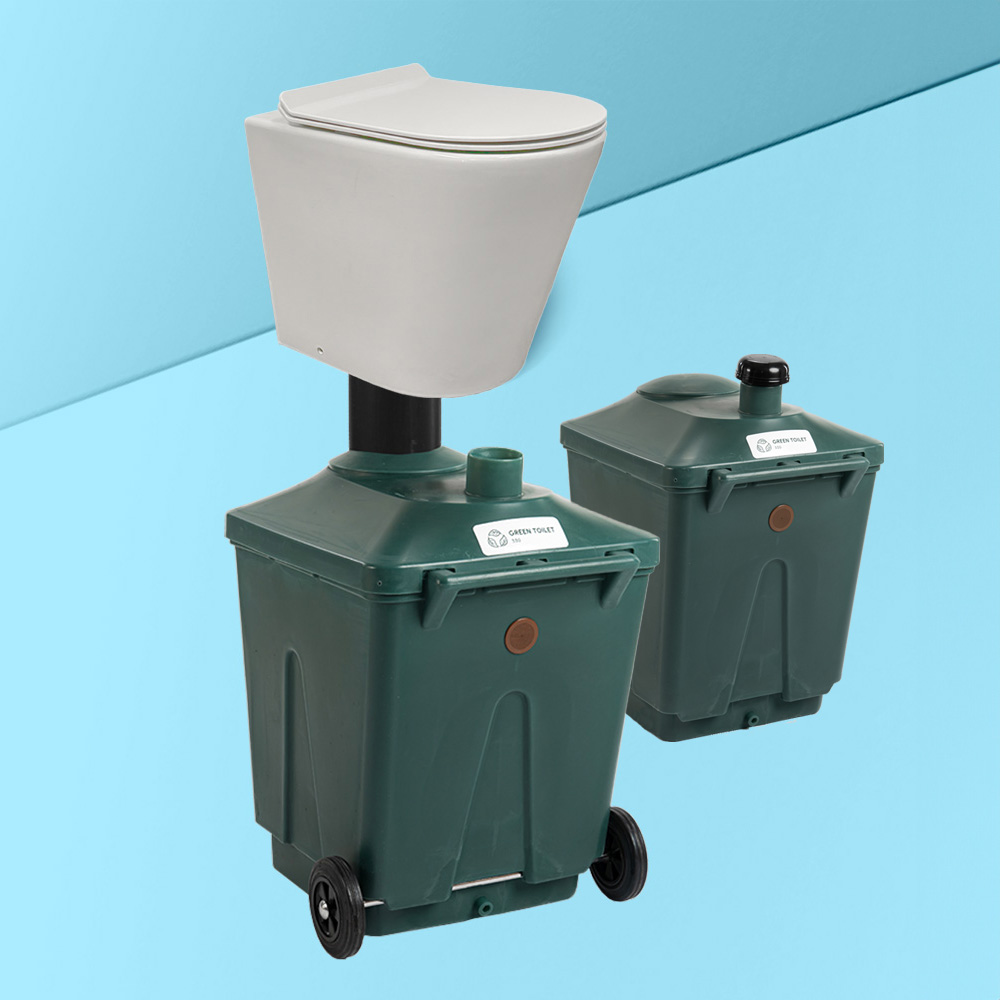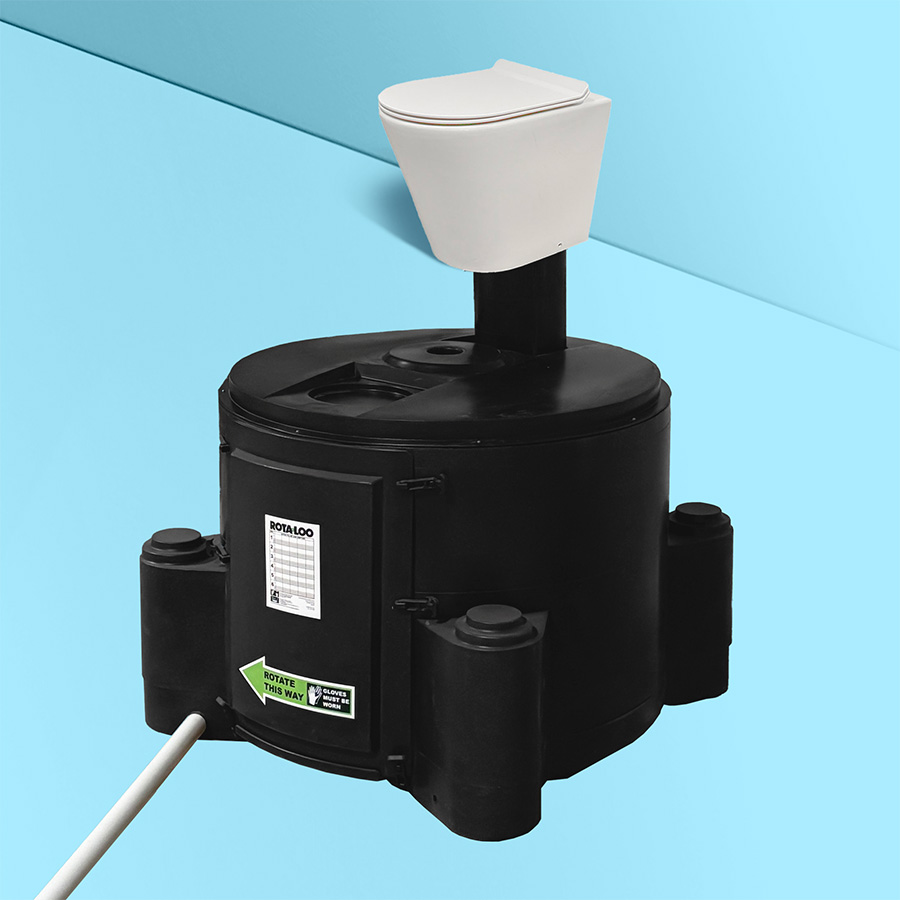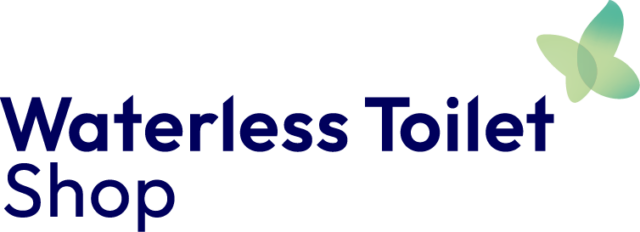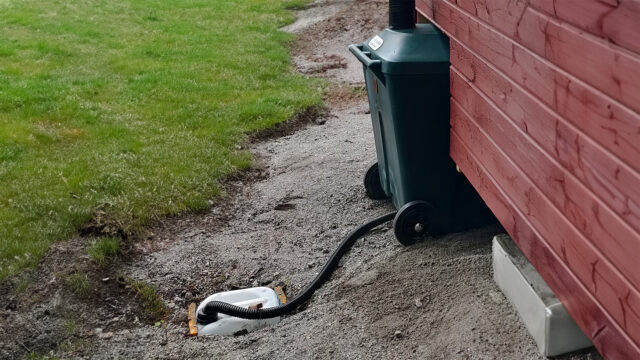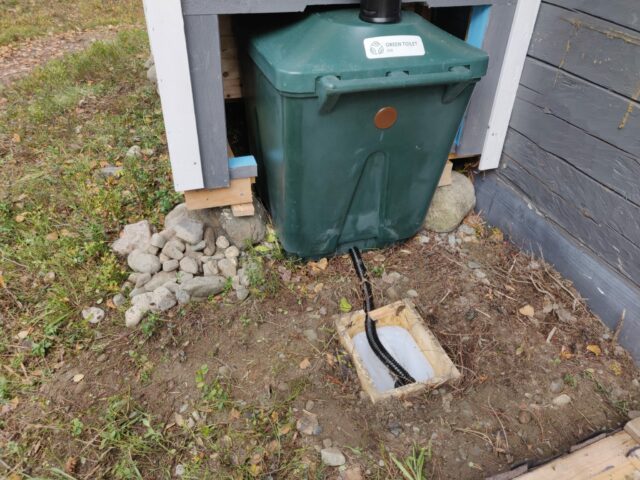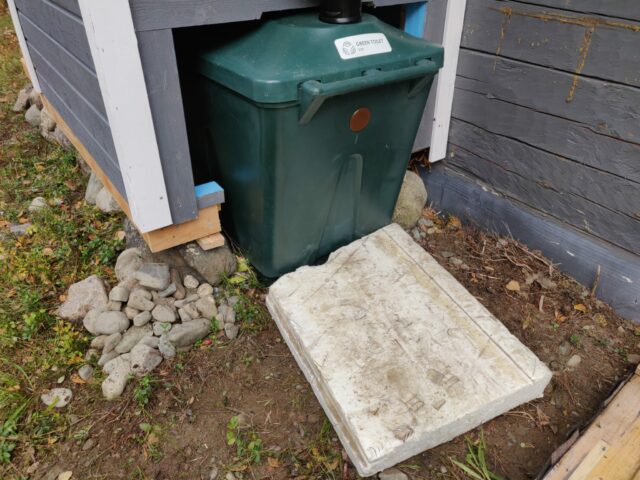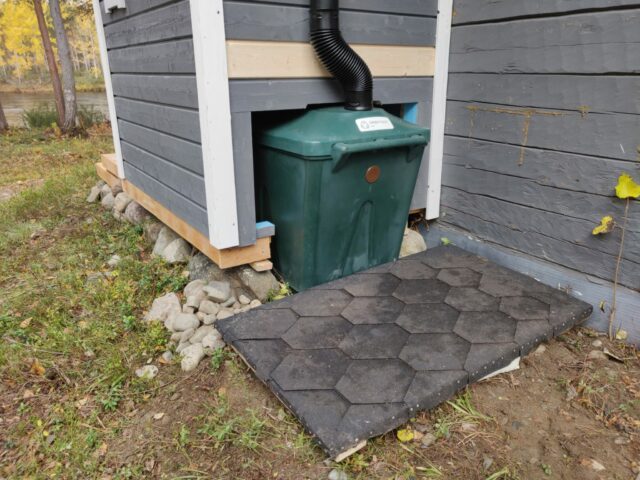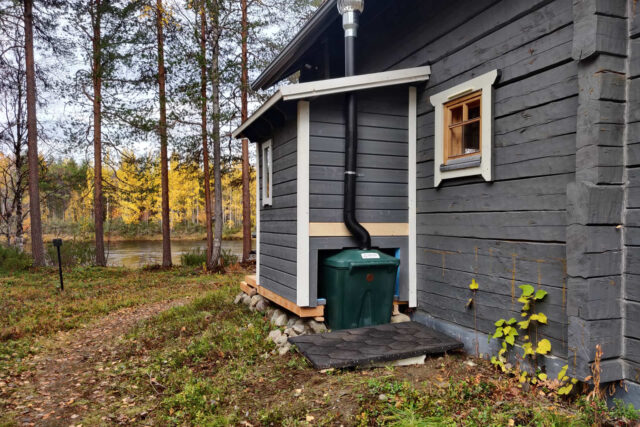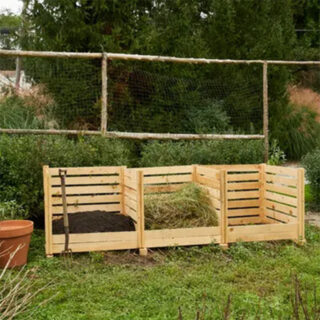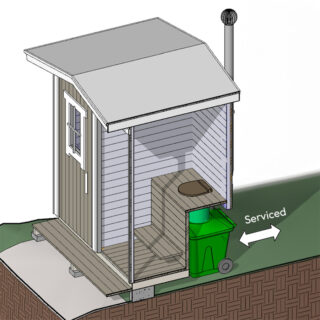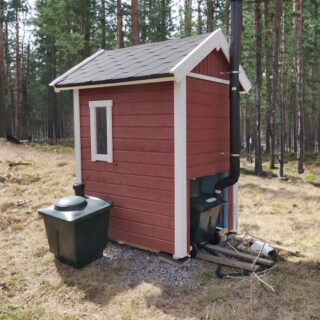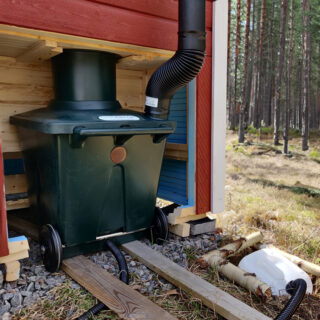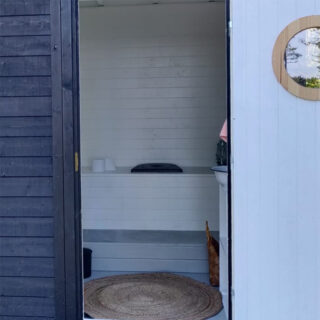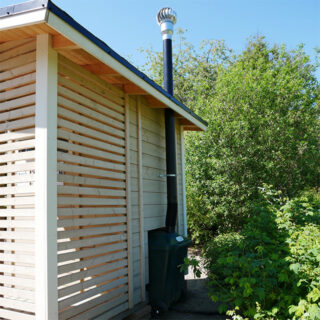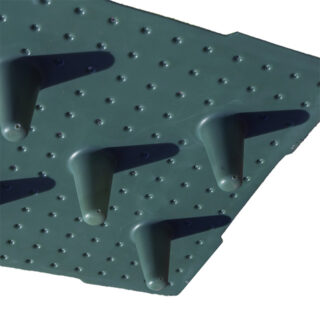Urine-Diverting Porcelain Toilet Pedestal
$529.00
The porcelain-made urine-diverting toilet pedestal is designed to bring modern elegance and functionality to your waterless toilet system. Key features include:
- Odorless Operation: The integrated urine diversion in the seat ensures that urine and feces never mix, keeping your toilet odor-free.
- Modern Design: Its sleek ceramic design looks like a traditional toilet, making it ideal for tiny homes, off-grid cabins etc.
- Soft-Close Seat: Equipped with a soft-close seat for added elegance.
- Versatile Compatibility: Pairs with any of our split-system composting toilets at Waterless Toilet Shop.

Shipping from Nevada
Urine Diverting Design
In stock: over 15 pcs
Urine-Diverting Porcelain Toilet Pedestal
This porcelain toilet pedestal is urine-diverting. It is intended to be used either with one our split-system composting toilets or your own do-it-yourself waterless toilet.
The porcelain pedestal has front bowl for urine. All solids (poop, toilet paper, potentially used bulking agents) fall through the back into to your composting toilet. The porcelain toilet is designed such that it fits natural human anatomy so that all waste directs into right place: urine into front, solids at the back. The toilet has to be used seated. Male users who prefer to urinate standing may consider purchasing our waterless urinal.
The urine-diverting porcelain toilet features a urine hose that is connected from below into the toilet front bowl. The urine hose comes out below of the porcelain toilet.
The solids drop is connected into your composting toilet with a vertically straight waste chute. All our split-system composting toilets include at least 2 feet long waste chute that I possible to cut or extend as per needed to fit your structure.
Purchase the Urine-Diverting Porcelain Toilet Pedestal with a split-system composting toilet from Waterless Toilet Shop
In case you would like to purchase the urine-diverting porcelain pedestal together with one of our split-system composting toilets, please use coupon “remove-pedestal” at the checkout. This is to remove the non-separating porcelain pedestal included by default in our split-system composting toilets and prevent you from receiving two porcelain pedestal for a single composting toilet.
Purchase just the Urine-Diverting Porcelain Toilet Pedestal
In case you are just buying the urine-diverting porcelain pedestal for your own DIY waterless toilet for example, you can just proceed straight into checkout.
Liquid Separation: A Key Feature of Odor-Free Waterless Toilets
Urine separation is one of the most important features of an odor-free waterless toilet. There are two primary methods for separating urine from solids:
- Directly in the toilet seat, where urine is never mixed with solids.
- Within the toilet’s composting container, after urine and solids have been mixed.
The ideal method depends on several factors. Here are some aspects to consider:
Urine Volume and Maintenance
Most human waste is liquid urine, with an average person producing between 800 and 2,000 milliliters daily, typically in 6 to 7 instances. This means that if the urine is separated directly in the toilet seat and collected to a small container or a bottle, that container/bottle requires frequent emptying, which can become inconvenient in long run. The only exception is if the separated pure urine can be lead into a grey water system (depends on your grey water purifier, local regulations and surrounding environment).
If urine is mixed with solids and separated later in the composting container, the amount of liquid waste to manage is significantly reduced. This is because the compost absorbs much of the liquid, which eventually evaporates through the toilet’s ventilation system. The compost’s absorption and evaporation capacity depend on the climate and the amount of dry organic bulking agents used.
Advantages of Direct Urine Separation
Urine separation directly in the toilet seat reduces odor issues. With less moisture in the solid waste, the toilet is less likely to produce any odors. Additionally, these toilets typically require fewer dry organic bulking agents, which lowers operating costs and conserves space in the solids container. This means the container fills up less often, reducing the frequency of servicing.
Challenges of Urine Separation in the Seat
Despite its advantages, direct urine separation can take some getting used to, making these toilets less ideal for public or commercial settings. Young children may also find them challenging to use, making them less suitable for families with small children or for guest use. For these scenarios, a composting toilet that separates urine within the composting container is often a better choice.
Our Recommendation
Most composting toilet owners find systems that separate urine within the composting container to be highly satisfactory. For this reason, we include a non-separating porcelain pedestal as the default option for all our split-system composting toilets. This approach balances convenience, ease of use, and performance for a wide range of users.
The Urine-Diverting Porcelain Toilet provides a great alternative for everyone with a ready solution to treat the pure urine on-site for example through a grey water system. It may be also a safe choice for completely off-grid installations, in which case there is no power at all to boost the ventilation of a composting toilet. The Urine-Diverting Porcelain Toilet is also a great product for DIY composting toilets.

The delivery package includes:
- Urine-diverting Porcelain Toilet Pedestal
- Soft-close toilet seat
- Urine hose (1″ diameter, 78″ length)
- Fixtures
Urine-Diverting Porcelain Toilet Pedestal
This porcelain toilet pedestal is urine-diverting. It is intended to be used either with one our split-system composting toilets or your own do-it-yourself waterless toilet.
The porcelain pedestal has front bowl for urine. All solids (poop, toilet paper, potentially used bulking agents) fall through the back into to your composting toilet. The porcelain toilet is designed such that it fits natural human anatomy so that all waste directs into right place: urine into front, solids at the back. The toilet has to be used seated. Male users who prefer to urinate standing may consider purchasing our waterless urinal.
The urine-diverting porcelain toilet features a urine hose that is connected from below into the toilet front bowl. The urine hose comes out below of the porcelain toilet.
The solids drop is connected into your composting toilet with a vertically straight waste chute. All our split-system composting toilets include at least 2 feet long waste chute that I possible to cut or extend as per needed to fit your structure.
Purchase the Urine-Diverting Porcelain Toilet Pedestal with a split-system composting toilet from Waterless Toilet Shop
In case you would like to purchase the urine-diverting porcelain pedestal together with one of our split-system composting toilets, please use coupon “remove-pedestal” at the checkout. This is to remove the non-separating porcelain pedestal included by default in our split-system composting toilets and prevent you from receiving two porcelain pedestal for a single composting toilet.
Purchase just the Urine-Diverting Porcelain Toilet Pedestal
In case you are just buying the urine-diverting porcelain pedestal for your own DIY waterless toilet for example, you can just proceed straight into checkout.
Liquid Separation: A Key Feature of Odor-Free Waterless Toilets
Urine separation is one of the most important features of an odor-free waterless toilet. There are two primary methods for separating urine from solids:
- Directly in the toilet seat, where urine is never mixed with solids.
- Within the toilet’s composting container, after urine and solids have been mixed.
The ideal method depends on several factors. Here are some aspects to consider:
Urine Volume and Maintenance
Most human waste is liquid urine, with an average person producing between 800 and 2,000 milliliters daily, typically in 6 to 7 instances. This means that if the urine is separated directly in the toilet seat and collected to a small container or a bottle, that container/bottle requires frequent emptying, which can become inconvenient in long run. The only exception is if the separated pure urine can be lead into a grey water system (depends on your grey water purifier, local regulations and surrounding environment).
If urine is mixed with solids and separated later in the composting container, the amount of liquid waste to manage is significantly reduced. This is because the compost absorbs much of the liquid, which eventually evaporates through the toilet’s ventilation system. The compost’s absorption and evaporation capacity depend on the climate and the amount of dry organic bulking agents used.
Advantages of Direct Urine Separation
Urine separation directly in the toilet seat reduces odor issues. With less moisture in the solid waste, the toilet is less likely to produce any odors. Additionally, these toilets typically require fewer dry organic bulking agents, which lowers operating costs and conserves space in the solids container. This means the container fills up less often, reducing the frequency of servicing.
Challenges of Urine Separation in the Seat
Despite its advantages, direct urine separation can take some getting used to, making these toilets less ideal for public or commercial settings. Young children may also find them challenging to use, making them less suitable for families with small children or for guest use. For these scenarios, a composting toilet that separates urine within the composting container is often a better choice.
Our Recommendation
Most composting toilet owners find systems that separate urine within the composting container to be highly satisfactory. For this reason, we include a non-separating porcelain pedestal as the default option for all our split-system composting toilets. This approach balances convenience, ease of use, and performance for a wide range of users.
The Urine-Diverting Porcelain Toilet provides a great alternative for everyone with a ready solution to treat the pure urine on-site for example through a grey water system. It may be also a safe choice for completely off-grid installations, in which case there is no power at all to boost the ventilation of a composting toilet. The Urine-Diverting Porcelain Toilet is also a great product for DIY composting toilets.

The delivery package includes:
- Urine-diverting Porcelain Toilet Pedestal
- Soft-close toilet seat
- Urine hose (1″ diameter, 78″ length)
- Fixtures
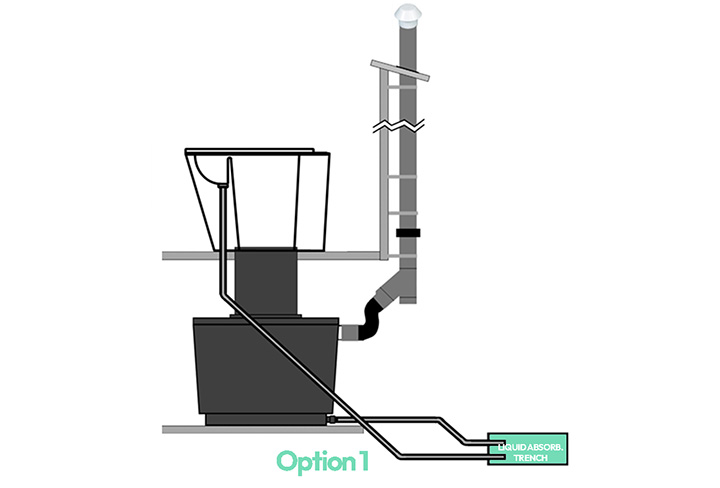
Installation option 1
There are two primary ways to install the urine-diverting toilet pedestal and treat the liquid waste. Option 1 is to lead both pure urine and compost liquid into the same absorption trench. This option is usually more convenient when it comes to servicing the composting toilet. However, not all states/counties in the U.S. allow direct discharge of urine/compost liquid into the environment. Contact us for the best solution into your case.
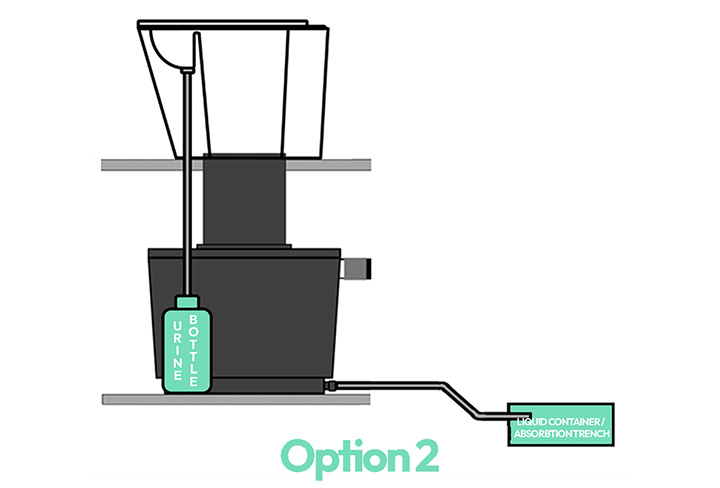
Installation option 2
The other option is to collect pure urine and compost liquid into separate containers/bottles. While this option may be the only one allowed by local regulations, it may require more frequent service of the toilet. Especially the urine bottle/container will likely fill up in matter of days if used by several people.

